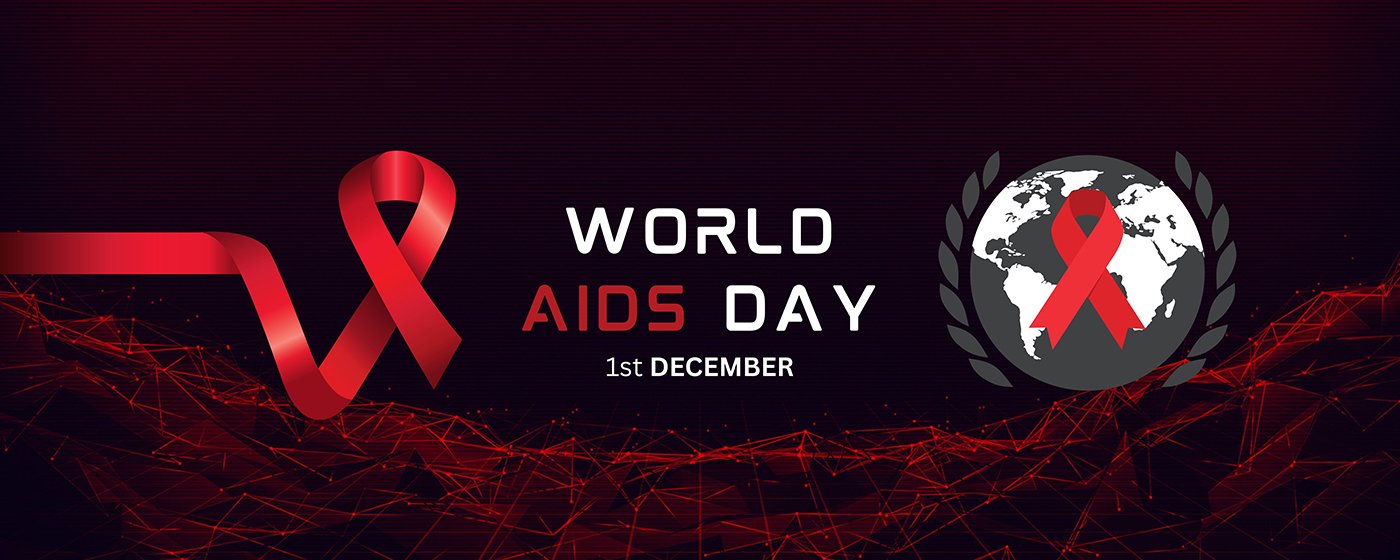

World AIDS Day is observed every year on December 1st to raise awareness about the HIV/AIDS pandemic, commemorate those who have lost their lives to the disease, and show support for people living with HIV. It is a day dedicated to promoting education, fighting stigma, and encouraging efforts to prevent new infections and provide proper care and treatment for those affected by HIV/AIDS.
The history of World AIDS Day dates back to 1988 when it was first established by the World Health Organization (WHO). Since then, it has become one of the most recognized global health campaigns, bringing together individuals, communities, organizations, and governments worldwide to unite in the fight against HIV/AIDS.
The primary objective of World AIDS Day is to spread awareness about HIV/AIDS and promote prevention strategies. Education plays a crucial role in preventing the transmission of the virus. It helps people understand the modes of transmission, dispel myths and misconceptions, and encourage behavior change to reduce the risk of infection. Various activities such as conferences, workshops, and seminars are organized to disseminate accurate information about HIV/AIDS, its prevention, and the importance of regular testing.
Another vital aspect of World AIDS Day is addressing the stigma and discrimination associated with HIV/AIDS. Stigma and discrimination often prevent individuals from seeking testing, treatment, and support. This day provides an opportunity to challenge societal attitudes and promote inclusivity and acceptance of people living with HIV/AIDS. Efforts are made to combat discrimination in healthcare settings, schools, workplaces, and communities, ensuring that individuals receive the necessary care and support without fear of judgment or prejudice.
Advocacy and fundraising are also integral parts of World AIDS Day. It serves as a platform to urge governments, policymakers, and organizations to prioritize the response to HIV/AIDS and allocate resources to prevention, treatment, care, and support programs. Many events are organized to raise funds for HIV/AIDS research, community initiatives, and healthcare services, ensuring that those affected have access to life-saving medications and comprehensive care.
World AIDS Day is not only about acknowledging the challenges and losses but also celebrating the progress made in the fight against HIV/AIDS. Significant advancements have been made in medical research, leading to more effective antiretroviral treatments that can suppress the virus, prolonging the lives of people living with HIV. Access to treatment and care has improved, and efforts to prevent mother-to-child transmission have had remarkable success. However, it is crucial to maintain and intensify these efforts to achieve the ultimate goal of ending the HIV/AIDS epidemic.
In conclusion, World AIDS Day is a global observance that aims to raise awareness, combat stigma, and promote prevention, treatment, and support for those affected by HIV/AIDS. It serves as a reminder of the ongoing challenges posed by the pandemic and the need for collective action. Through education, advocacy, and fundraising, World AIDS Day plays a crucial role in the fight against HIV/AIDS, fostering hope for a future free from the burden of this devastating disease.